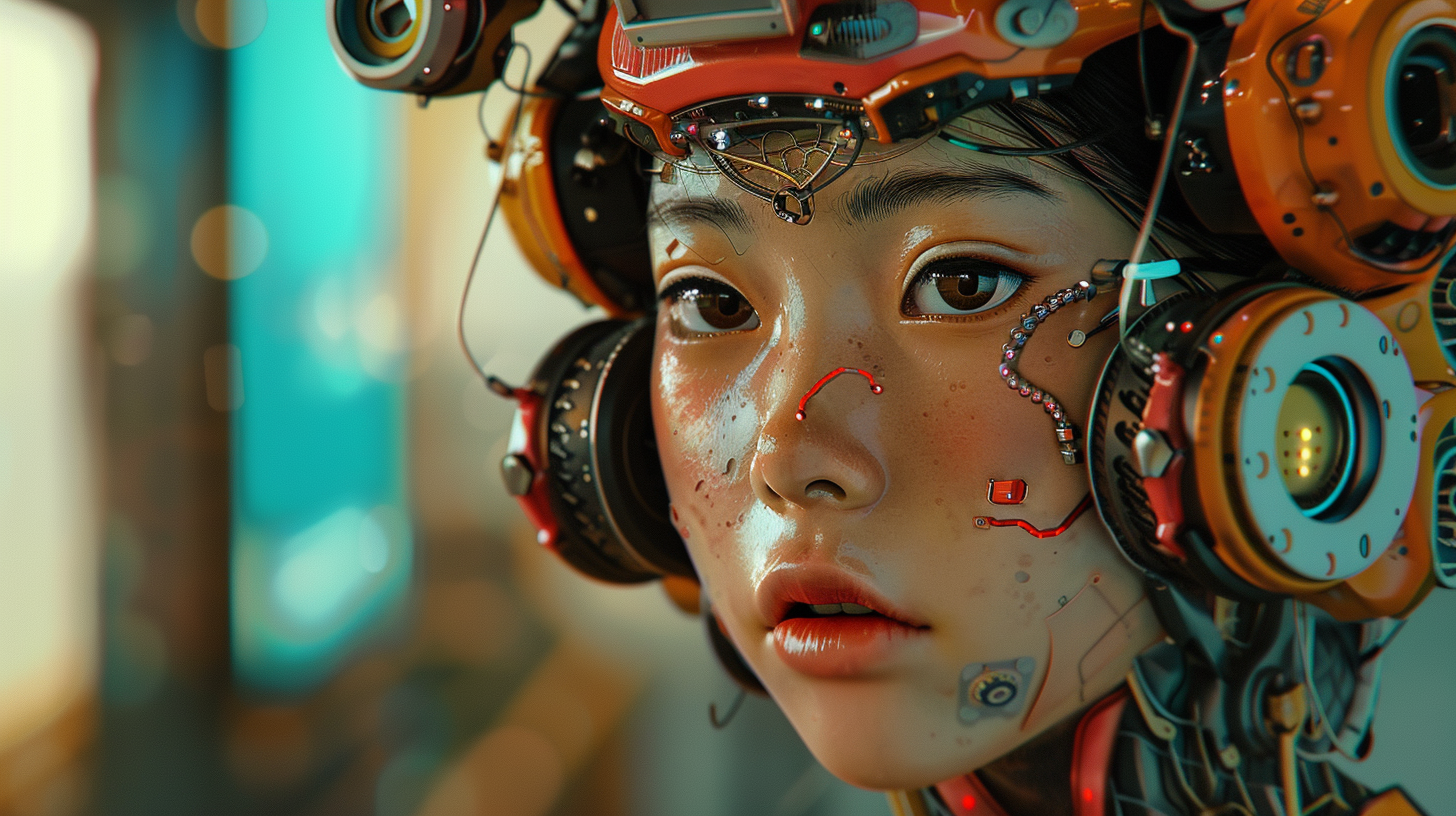TL/DR:
- ChatGPT is a versatile AI tool that can assist in various text-related tasks
- Fine-tuning prompts and understanding ChatGPT’s capabilities can significantly improve user experience
- Customising instructions, encouraging self-critique, and assigning roles are among the top strategies for effective ChatGPT usage
- AI and AGI developments in Asia are transforming various sectors, with ChatGPT playing a significant role.
Introduction
Artificial Intelligence (AI) and Artificial General Intelligence (AGI) are reshaping the global landscape, with Asia emerging as a powerhouse in these transformative technologies. One AI tool that is gaining traction is ChatGPT, developed by OpenAI. In this article, we will explore the art of crafting effective prompts to harness the power of ChatGPT and delve into its applications and advancements in Asia.
Mastering ChatGPT Prompts in Asia: the Basics
ChatGPT is an AI tool designed to assist with a wide range of text-related tasks, including writing, brainstorming, and editing. Accessible via OpenAI’s platform, ChatGPT offers a user-friendly interface and numerous integrations. While the service is free to use, OpenAI also provides premium options for those seeking advanced features.
7 Strategies for Crafting and Mastering Effective ChatGPT Prompts in Asia
To optimise your ChatGPT experience, it’s crucial to refine your prompts. Here are seven fundamental strategies:
- Clarity – Be clear, specific, and concise with your requests.
- Context – Provide background information to help ChatGPT generate more accurate responses.
- Balance specificity and flexibility – Offer enough detail without constraining ChatGPT’s creativity.
- Sequence questions – Structure multiple questions logically for better comprehension.
- Feedback – Use follow-ups to refine responses and improve ChatGPT’s understanding.
- Set a tone – Specify your preferred tone for AI-generated content.
- Experiment with prompt engineering – Test different approaches to discover what works best.
Advanced Techniques for Getting the Most Out of ChatGPT
To further enhance your ChatGPT experience, consider these advanced techniques:
- Set Custom Instructions – Customise ChatGPT’s responses by adjusting settings or incorporating requirements into your prompts.
- Encourage Self-critique – Engage ChatGPT in deeper analysis for more comprehensive and balanced responses.
- Assign Roles – Transform ChatGPT into a virtual expert or character to create immersive experiences and adapt its expertise.
- Frame Prompts Using Positive Language – Foster a cooperative atmosphere for more effective and solution-focused exchanges.
- Gain More Insight into Your Writing – Use ChatGPT as a brainstorming partner to enhance your work and identify potential biases.
- Approach ChatGPT Conversationally – Write prompts in natural language for better responses and easier communication.
- Integrate Multiple Prompts – Break down complex topics into simpler questions for more detailed and tailored responses.
AI and AGI Developments in Asia
Asia has emerged as a global hub for AI and AGI advancements, with countries like China, Japan, South Korea, and India leading the way. These nations are investing heavily in AI research and development, driving innovation across various sectors.
ChatGPT’s Role in Asia’s AI Landscape
ChatGPT is playing a significant role in Asia’s AI boom, with applications in education, entertainment, customer service, and more. By providing intelligent, context-aware responses, ChatGPT is transforming how businesses and individuals interact with technology.
Case Study: ChatGPT in Education
In South Korea, AI is revolutionising education. ChatGPT can be used to create personalised learning experiences, generate interactive content, and provide instant feedback, enhancing the learning process for students and teachers alike.
ChatGPT in Entertainment and Gaming
In Japan, AI is being integrated into the entertainment and gaming industries. ChatGPT can help developers create engaging storylines, realistic dialogue, and immersive experiences for users, showcasing its potential in this creative field.
ChatGPT in Customer Service
Across Asia, businesses are leveraging AI to improve customer service. ChatGPT can be used to develop intelligent chatbots that handle customer inquiries, offer product recommendations, and resolve issues, leading to enhanced customer satisfaction and increased efficiency.
Conclusion: Mastering ChatGPT in Asia
ChatGPT is a powerful AI tool that, when used effectively, can greatly enhance productivity and creativity. By mastering the art of prompt crafting and understanding its capabilities, users can harness the full potential of this cutting-edge technology. As AI and AGI continue to advance across Asia, ChatGPT will undoubtedly play a crucial role in shaping the future of various sectors.
Have you used ChatGPT for any projects or tasks? How has it improved your efficiency or creativity? Share your experiences below and don’t forget to subscribe for updates on AI and AGI developments in Asia.
You may also like:




 Prompts1 month ago
Prompts1 month ago


 Life1 month ago
Life1 month ago


 Business2 months ago
Business2 months ago


 Life1 month ago
Life1 month ago


 Business1 month ago
Business1 month ago


 Business2 months ago
Business2 months ago


 Marketing1 month ago
Marketing1 month ago


 Learning2 months ago
Learning2 months ago




















